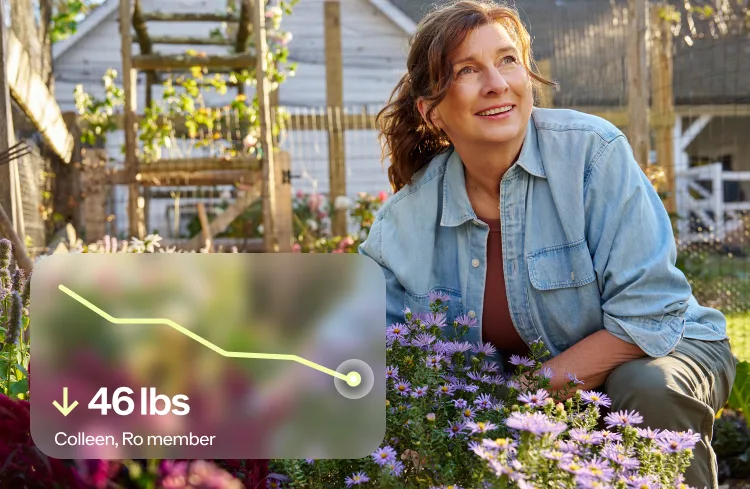Here's what we'll cover
Here's what we'll cover
For many, DTC telemedicine is perceived as a healthcare innovation that is being driven by and catering to younger generations. A study conducted this year at the University of Michigan found that only 4% of adults over 50 have received any kind of virtual care. But when it comes down to who is currently using DTC telemedicine, are adults over 50 truly profoundly underrepresented? More critically, is DTC telemedicine creating an age disparity where only younger generations can benefit while older Americans are left behind by new technology?
We looked at the age distribution of our patients to see if an age divide is evident on our platform.

According to Ro’s data, not at all. We broke down our patients’ age distribution and found that the average age of our patients is 46, 48% of our patients are between 30 and 49, and 40% of our patients are over the age of 50.

These descriptive statistics challenge the popular belief that DTC telemedicine caters exclusively to patients who never experienced life before the internet. More importantly, these numbers suggest that platforms like Ro can increase access to care for everyone who could benefit, regardless of what generation they belong to.









